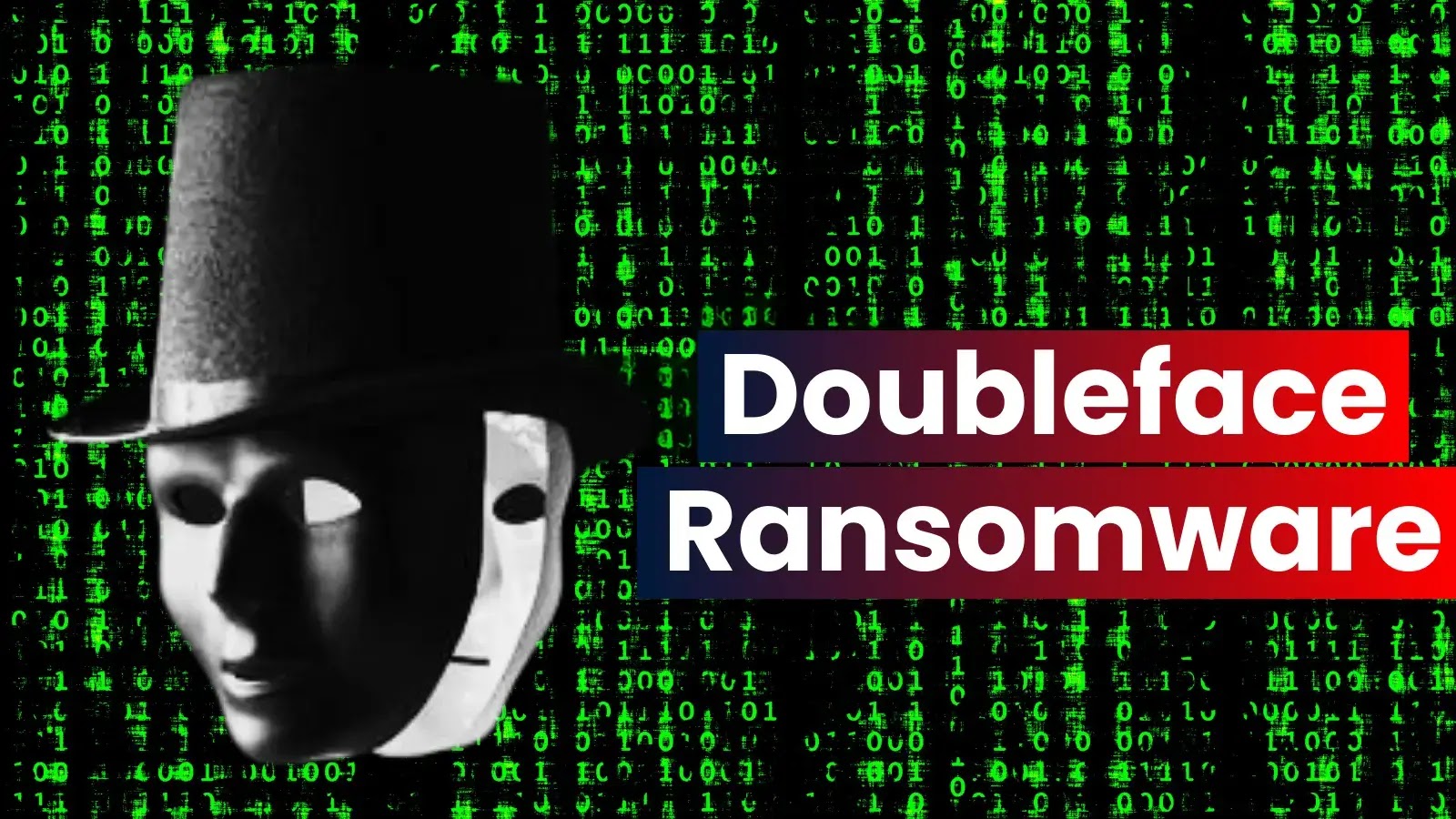NHS software supplier Advanced faces a hefty fine of over £6 million (~$7.6 Million) for failing to protect personal information during a ransomware attack that impacted the National Health Service in the UK.
Rapid7 researchers noted over 2,570 attacks in the first half of 2024, equating to around 14 attacks daily. The number of ransomware groups posting on data leak sites surged 67% compared to the previous year.
Threat actors have introduced Doubleface ransomware, claiming it to be fully undetectable by major antivirus software. The ransomware utilizes a unique algorithm with AES-128 and RSA-4096 encryption, making decryption difficult without the right key.
EC-Council, a cyber certification organization, has pledged $15 million in scholarships to support over 50,000 students in cybersecurity programs. The goal is to help students earn industry credentials and enhance their cybersecurity skills.
North Korean hackers, identified as Moonstone Sleet, have been distributing malicious JavaScript packages on the npm registry to infect Windows systems. The two packages, harthat-api and harthat-hash, were uploaded on July 7, 2024.
Abnormal Security, an AI-driven cybersecurity company, has raised $250 million in funding, valuing the company at $5.1 billion. The funding will support their mission of using AI to protect against cybercrime by understanding human behavior.
Researchers have revealed a new tactic used by threat actors behind the Chameleon Android banking trojan, targeting Canadian users with a disguised Customer Relationship Management (CRM) app.
The new service, known as the Fraud and Cyber Crime Reporting and Analysis System (FCCRAS), will enhance the reporting process by allowing users to upload additional information like metadata, screenshots, and images.
Attackers have developed multiple techniques to bypass reputation-based security controls like Windows Smart App Control, allowing them initial access to environments without triggering alerts.
The STRRAT malware, sold for $80, allows attackers to take control of computers and steal data. Attackers use phishing emails pretending to be from government agencies to trick victims into downloading malicious files.









